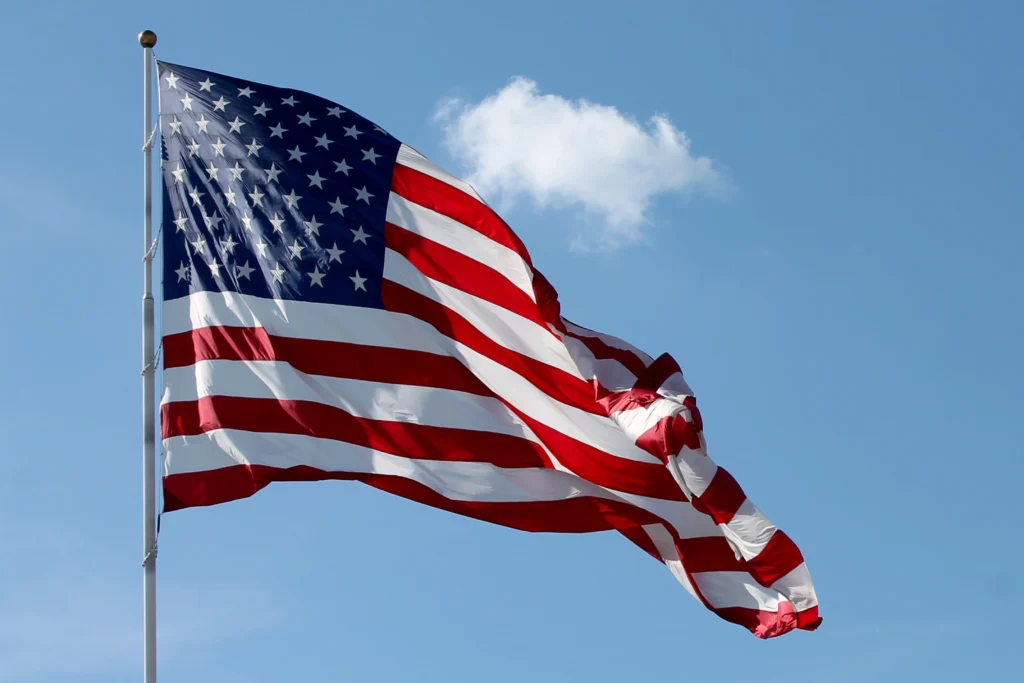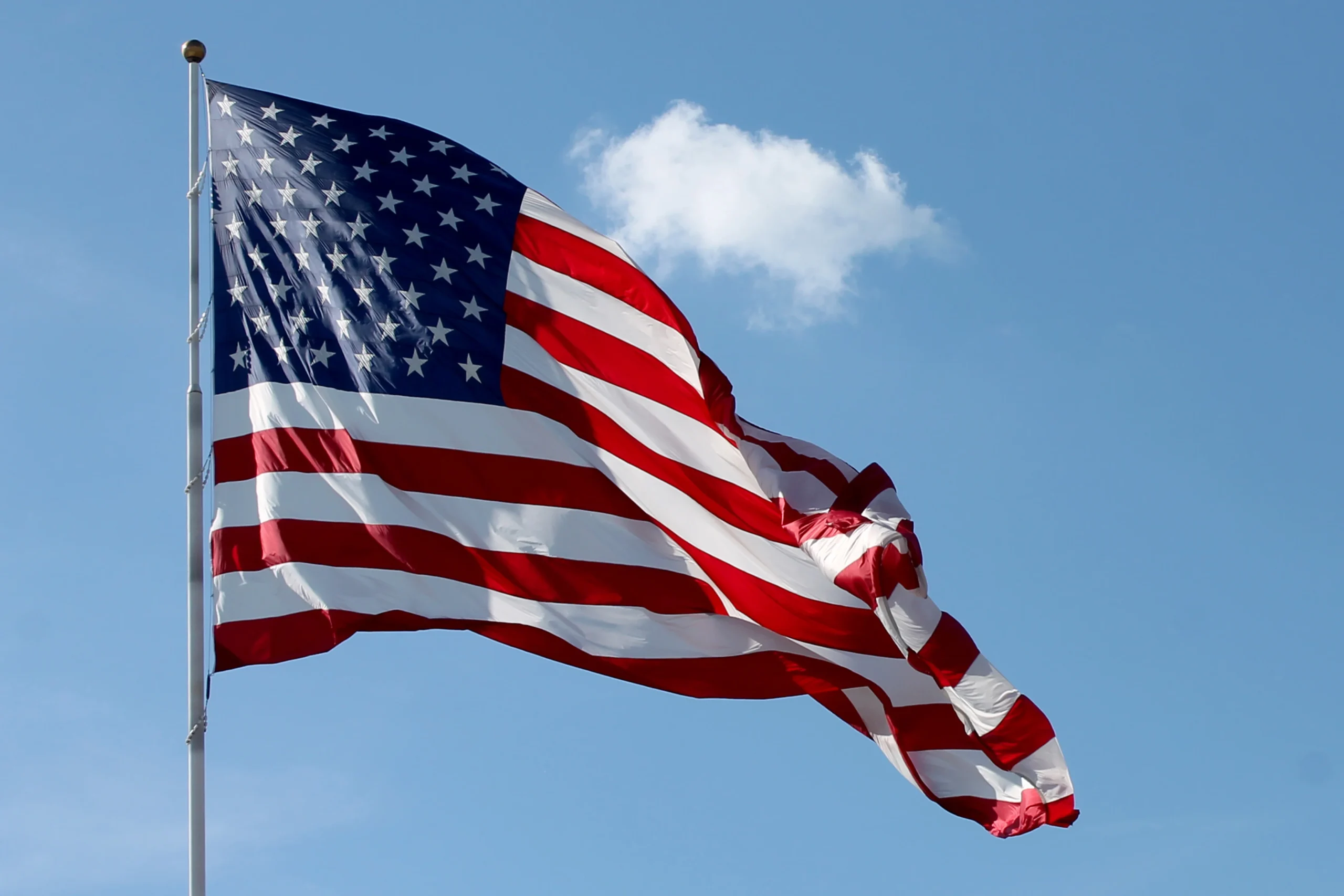Flags are not just fabric or banners; they are symbols of identity, power, and history. Explore the evolution of world flags and the stories behind the symbols that have come to represent nations, movements, and ideals across time.
Flags have always been much more than decorative pieces of cloth fluttering in the wind. They are powerful symbols that reflect the values, culture, and history of the people or entity they represent. Whether it’s a national flag representing a country, a naval ensign signifying maritime dominance, or a revolutionary flag symbolizing resistance, each flag tells a unique story about the society that created it.

In this article, we’ll take a journey through the fascinating history of flags—how they have evolved, the symbolism behind various designs, and how they continue to shape modern identities across the globe.
The Birth of Flags: Ancient Origins
The use of flags dates back thousands of years to ancient civilizations. Early flags were often simple in design, primarily used as markers to identify groups in battle or on the battlefield. These early flags were not what we think of today as “national” flags but were used by military units, leaders, or tribes.
In ancient Egypt, flags were used by pharaohs to signify their rule, while in ancient China, the concept of flags developed further as symbols of power and control over territory. These flags were typically made from simple materials, like linen or silk, and often displayed powerful symbols like the sun, animals, or deities associated with the rulers’ authority.
The earliest known use of a flag as a national symbol is often attributed to the Persian Empire (circa 550 BC), where a royal banner displayed the symbols of the ruler’s dynasty.
The Medieval Period: Heraldry and the Rise of Nationhood
During the Middle Ages, the use of flags became more formalized, particularly in Europe. Heraldry—the practice of designing and displaying coats of arms—became a key aspect of flag design. Knights, noble families, and kingdoms each developed their own banners to display their identity and lineage. These flags were richly detailed, often featuring symbols of animals, crosses, crowns, or specific colors associated with the family or territory’s heritage.
The most famous example of medieval flags is the English flag (the St. George’s Cross), which, alongside other European flags of the time, became increasingly important as symbols of national identity and pride. During this period, the flag was often used as a means of rallying troops in battle, and its presence signified the claim to land or authority in a particular region.
In addition to heraldic flags, religious flags began to play an important role. The Papal Flag, for instance, with its distinctive yellow and white design, has remained a prominent symbol of the Roman Catholic Church for centuries.
The Age of Exploration: Flags on the High Seas
The Age of Exploration (15th to 17th centuries) marked a significant shift in the way flags were used. As European powers began to explore and colonize new lands, they needed symbols to represent their sovereignty over the newly discovered territories.
During this period, the flag evolved to represent both royalty and imperial power. Flags like the Union Jack, which combined the crosses of St. George, St. Andrew, and St. Patrick, were used to represent Britain’s expanding empire. The Spanish flag also became iconic during the colonization of the Americas, with its distinct red and yellow stripes symbolizing the monarchy’s authority.
Flags were flown not just in battle but also to stake territorial claims, proclaiming ownership of distant lands. The act of raising a flag on foreign soil became an iconic and formal declaration of sovereignty, even if it meant displacing indigenous cultures.
The French Revolution: Flags as Symbols of Change
The French Revolution (1789) introduced a new era for flags, where they were no longer just symbols of monarchy or military dominance. The revolutionaries used flags as symbols of liberty, equality, and fraternity. The French Tricolor—blue, white, and red—became an enduring symbol of republicanism and revolution. These colors were carefully chosen: blue and red representing the people of Paris, while white stood for the monarchy. Together, they symbolized the merging of the common people and the monarchy under the ideals of a new republic.
The French Tricolor set the stage for a global movement. Over the next century, the colors and symbols associated with national flags began to reflect revolutionary ideals. From Mexico’s flag (which incorporates the eagle and serpent from Aztec mythology) to the United States’ Stars and Stripes, the trend of creating flags with symbolic national meanings took hold.
Modern Flags: Nationalism and Identity
By the 19th and 20th centuries, the concept of nationalism exploded, and flags became more than just symbols of kings or empires. They became symbols of nationhood. As nations began to solidify their identities—often in opposition to others—flags were adopted to represent a country’s unique history, culture, and values.
The American flag, for example, evolved over time as new states were added to the Union, with the number of stars increasing to match the number of states. The United States Flag’s Stars and Stripes was established in 1777 and remains one of the most recognizable flags worldwide.
Similarly, South American flags like those of Argentina and Chile incorporate symbols of the country’s struggle for independence from Spain. These flags, with their vibrant colors and historical symbols, continue to serve as reminders of the values and sacrifices that shaped modern nations.
The Symbolism Behind Flag Designs
Every flag tells a story, and behind each design is a deeper meaning. Some common symbols found in flags across the world include:
Stars: Often used to represent unity or the number of states within a country (e.g., the United States, Australia, and Brazil).
Stripes: These can symbolize different social classes or political factions, as seen in the flag of the United States or the flag of France.
Animals: Many countries use animals as symbols of national strength, courage, or beauty. The Eagle is used in the flags of Mexico, United States, and Albania, for example.
Colors: Colors have deep cultural significance. Red is often associated with courage and revolution (e.g., China, Turkey), while blue is used to symbolize loyalty, peace, or the sky (e.g., the flag of the United Nations).
Conclusion: Flags as Living Symbols of Change
Flags are living symbols of history, culture, and progress. From their origins as simple markers of tribes or armies to their role as national symbols of pride and power, flags have adapted to reflect the changing times and the diverse identities of people around the world. Each flag carries within it a story of struggle, achievement, and belief, serving as a reminder of how far we’ve come—and how much further we have to go.
Whether you’re gazing up at the Union Jack, the Japanese Rising Sun, or the Rainbow Flag, remember that behind every flag is a story that speaks to the aspirations of its people. Flags remind us of where we’ve been, what we stand for, and where we’re headed.
